

.png)
Around 40% of costly construction delays in Australia stem from poor structural choices, and slab selection is a big one.
Get it wrong, and you're stuck with cracking, sagging, or blowout budgets. Some slabs can’t handle the load. Others overcomplicate simple builds.
This guide breaks down post-tensioned vs conventional slabs, strength, speed, cost, and use cases so that you can choose the right system for your next Melbourne project with confidence. Let’s dive in!
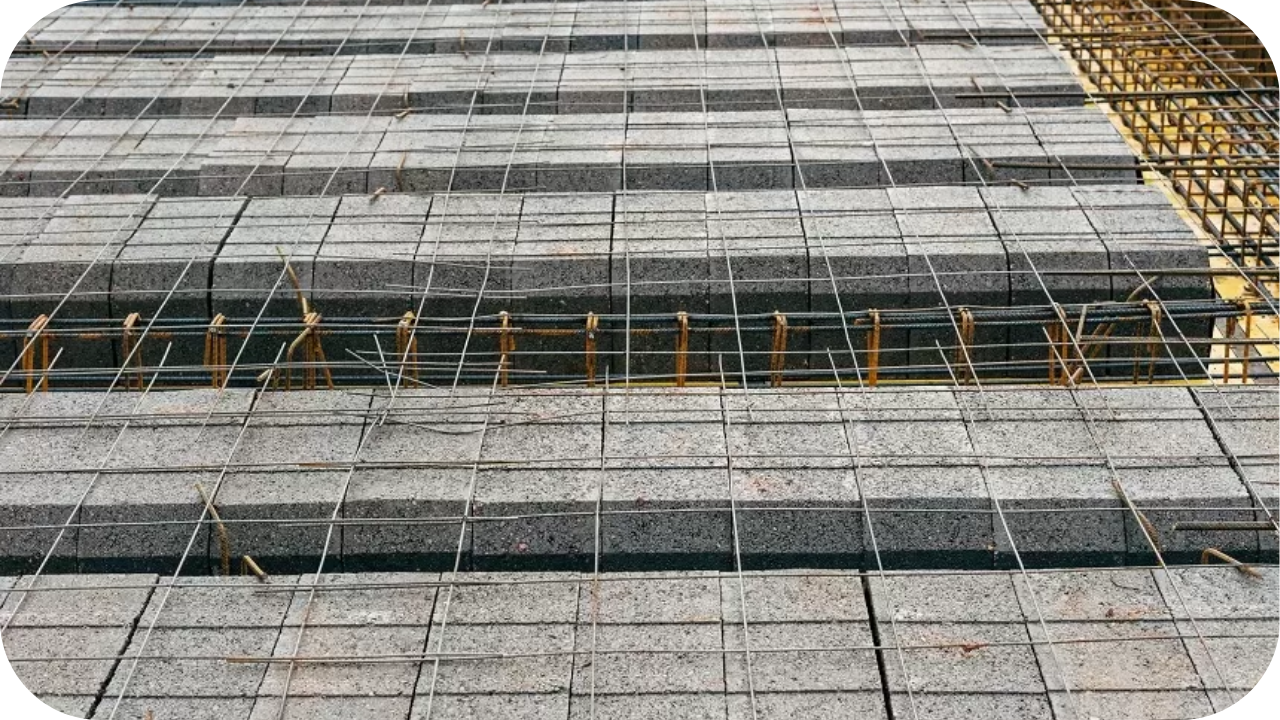
A conventional concrete slab is a standard type of foundation used in many residential and commercial buildings. It is constructed by pouring concrete over a prepared base, typically reinforced with steel mesh or bars.
This reinforcement helps the slab handle pressure from above while limiting cracking and movement over time.
These slabs are most common in low-rise buildings and areas with stable soil conditions. They are generally thicker than post-tensioned slabs and rely on the volume of concrete and reinforcement to maintain strength. Installation is straightforward, making them a popular choice for builders and contractors.
While conventional slabs are cost-effective upfront, they may be more prone to cracking in areas with reactive clay or poor drainage. Proper site preparation, compaction, and drainage planning are essential to their performance.
In Melbourne, these slabs are often chosen for suburban homes, garages, and light commercial projects where soil conditions are predictable and structural loads are moderate.
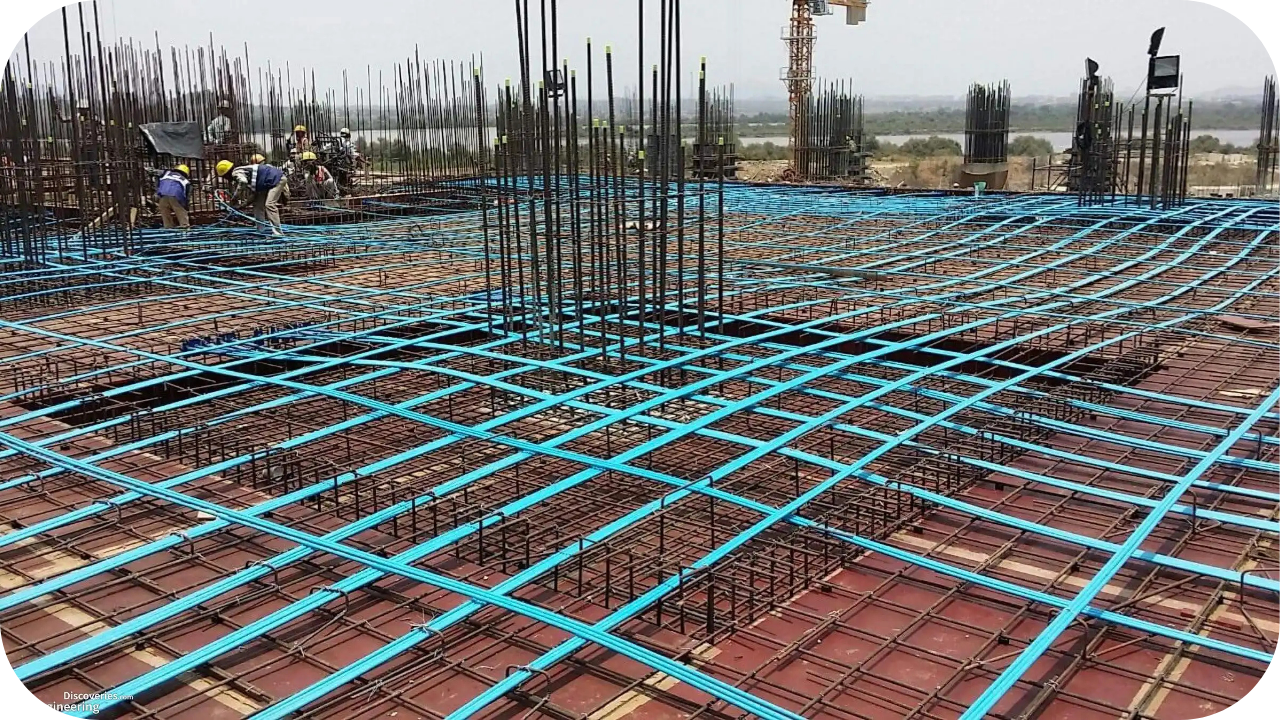
A post-tensioned slab is a type of concrete slab that includes high-strength steel tendons placed within the concrete before it sets. Once the concrete has cured, the tendons are tensioned using hydraulic equipment and then anchored in place.
This method adds strength and flexibility to the slab, allowing it to span longer distances with less thickness compared to conventional slabs.
Post-tensioned slabs are often used in commercial buildings, high-rise developments, and areas with poor soil conditions. They reduce the risk of cracking and perform well in sites affected by ground movement. The tensioned steel helps the slab resist bending and improves overall structural integrity.
Although more complex to install, post-tensioned slabs allow for faster construction on larger projects. They also reduce the need for multiple support columns, making them ideal for open-plan designs.
In Melbourne, they are increasingly used in multi-level car parks, apartment blocks, and large concrete flooring systems.

Post-tensioned slabs provide high strength and enhanced crack resistance. The steel tendons within the slab are tensioned after the concrete sets, increasing load-bearing capacity and improving flexibility.
This makes them better suited for complex builds or sites with problematic soil. The controlled tension also helps prevent shrinkage cracks and slab deflection over time.
Conventional slabs are reinforced with mesh or steel bars and rely on thickness and weight for strength. While effective for many residential builds, they are more prone to cracking, especially in reactive clay or poorly drained sites.
Over time, minor movement can weaken the structure or lead to visible defects. In demanding conditions, post-tensioned slabs outperform in both strength and resilience.
For basic applications with stable soil, conventional slabs may still deliver adequate performance. The choice depends on load expectations and ground behaviour.
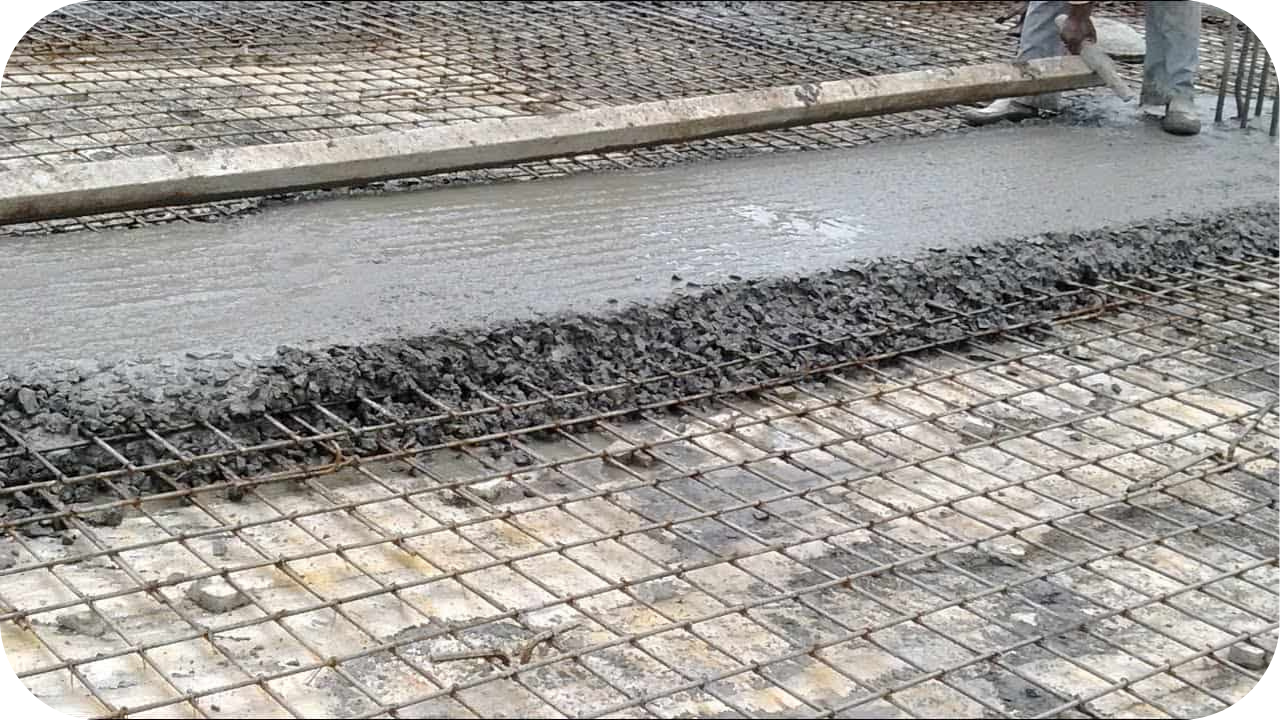
Conventional slabs typically have lower upfront costs. Materials are widely available, and the installation process is simpler. However, they may take longer to install on complex sites due to additional site prep or thicker slabs required to meet structural demands.
Post-tensioned slabs involve specialised materials and trained crews. The initial cost is often higher due to the steel tendons, formwork, and equipment needed for tensioning.
That said, the thinner profile and fewer support elements can save on materials and labour in larger projects. Construction is generally faster once the system is set up.
In Melbourne, builders must weigh the cost difference against long-term savings. Post-tensioned slabs may reduce the need for columns, lower repair risks, and speed up project timelines.
Conventional slabs work well on smaller budgets or low-load areas but could require more ongoing upkeep. The right slab depends on budget, project type, and build speed.

Post-tensioned slabs allow for greater design flexibility, particularly in open-plan builds. They can span longer distances without the need for frequent support columns.
This makes them ideal for large commercial floors, car parks, and multi-storey buildings where uninterrupted space is important. Architects and structural engineers favour them when designing flexible layouts or wide spans.
Conventional slabs are more limited in span. They typically require additional beams or supports in large areas, which can affect internal layouts. For standard home builds or smaller developments, this may not be an issue, but larger designs can become restricted.
In Melbourne’s evolving building landscape, space efficiency is often a priority. Post-tensioned slabs help reduce floor depth and create open, functional layouts.
While conventional slabs remain suitable for many residential jobs, they may not deliver the same versatility in complex or high-traffic structures. Design goals should guide your choice.
Post-tensioned slabs are designed for long-term performance with fewer maintenance issues. The added tension in the steel tendons improves resistance to cracking, shifting, and stress damage.
This makes them suitable for areas with reactive soil or where building movement is expected. With proper installation and minimal disturbance, they offer a reliable foundation for decades.
Conventional slabs may require more regular inspection and repair. Surface cracks, joint issues, or subsidence can appear over time, especially in sites with poor drainage or unstable ground. Maintenance costs can increase if problems are not addressed early.
In Melbourne’s mixed soil conditions, post-tensioned slabs often outperform in lifespan and reliability. However, both slab types require proper design and execution to deliver results.
Builders and developers must consider not just upfront performance but how the slab will hold up over time. A low-maintenance structure saves time, money, and complications later on.

Choosing between post-tensioned and conventional slabs depends on several key factors, including site conditions, project scale, and structural requirements.
Conventional slabs are ideal for smaller residential projects on stable soil. They are straightforward to install, making them cost-effective for single-storey homes, garages, and light commercial spaces.
Post-tensioned slabs suit larger or more complex projects. They are often used in multi-level buildings, open-plan structures, and areas with reactive soil. Their ability to span longer distances with fewer support columns makes them perfect for car parks, basements, and high-load zones.
In Melbourne, where soil movement and tight urban sites are common, post-tensioned slabs can offer clear benefits. However, each project is different.
At Urban Pour, we assess your specific needs, site challenges, and budget before recommending the right slab. This ensures strength, durability, and compliance with structural standards from the ground up.
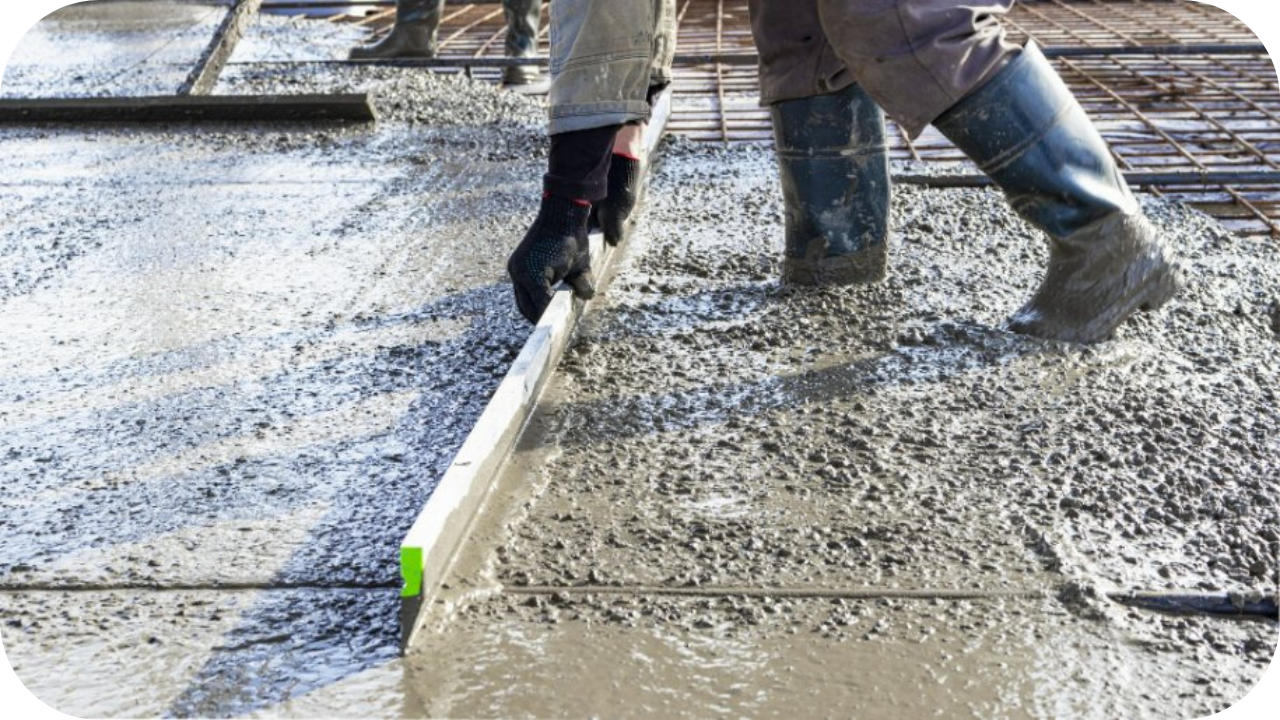
When deciding between post-tensioned and conventional slabs, having the right team makes all the difference. Urban Pour specialises in both slab types, offering tailored solutions based on your site conditions, design requirements, and budget.
We assess every project carefully to recommend the most suitable approach, whether you need the flexibility of a post-tensioned system or the reliability of a conventional slab.
Our team has worked on a wide range of residential and commercial developments across Melbourne. We understand the local soil profiles, council regulations, and structural challenges involved in slab construction.
From design coordination to on-site execution, we manage the process with accuracy and efficiency.
We use quality materials, proven methods, and skilled professionals to deliver slabs that perform well over time. Whether your project calls for speed, strength, or cost efficiency, we ensure the foundation is built to last.
Builders and developers across Melbourne choose Urban Pour for experience, precision, and results that stand up to pressure.
Choosing between post-tensioned and conventional slabs isn’t just about cost; it’s about long-term performance, site demands, and structural needs. Each has strengths, but the right choice depends on your specific project.
Don’t risk delays or rework by guessing. Whether you're building up or out, Urban Pour is here to help you make a solid decision. Reach out today, and let’s get your slab sorted with confidence.

This guide explains why water damage happens in concrete basements and shares proven waterproofing and drainage methods that keep your Melbourne home dry, safe, and structurally sound.
See more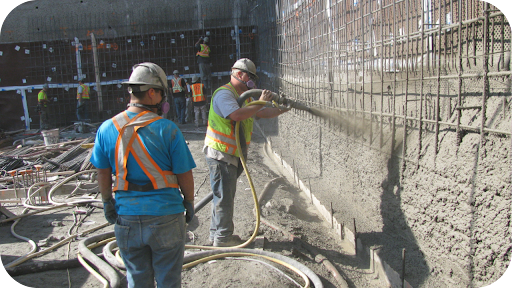
Shotcrete offers fast, reliable and durable concrete solutions for Melbourne projects that need strong support, curved finishes and long-term structural stability.
See more
Post-tensioned slabs boost concrete strength and reduce cracking in Melbourne builds. Learn how this modern method delivers durable, efficient, and cost-effective structural solutions.
See more